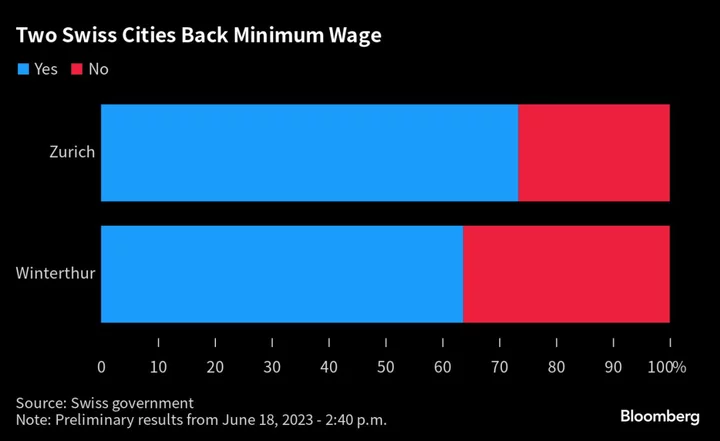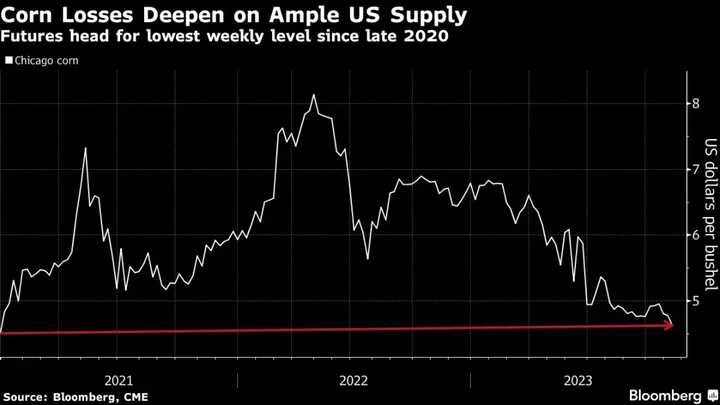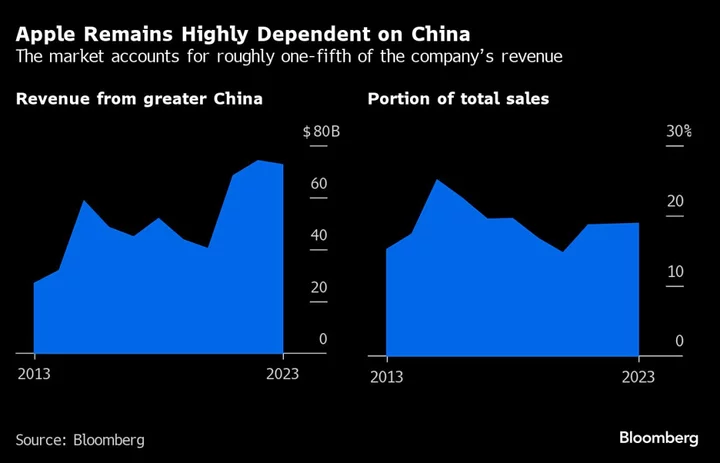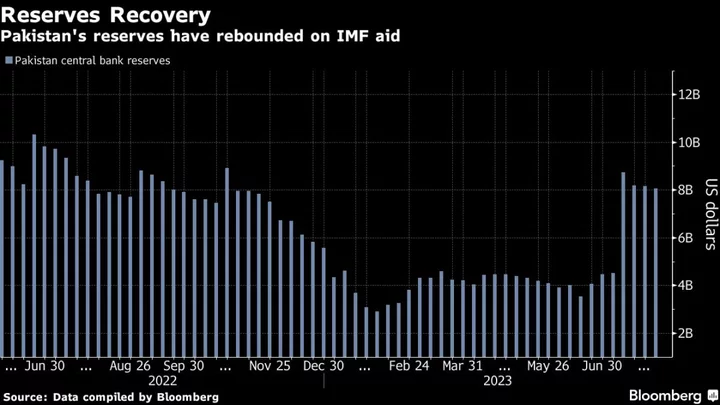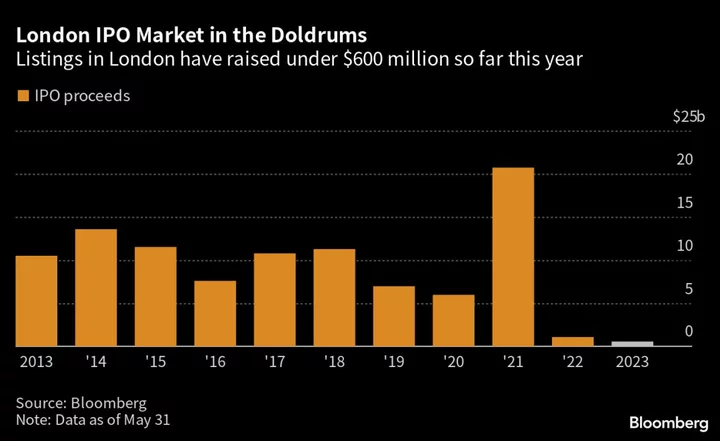A gauge of trader sentiment toward China’s yuan has produced a bearish reading for a record 51 straight days, showing the challenges facing Beijing as it seeks to support its sinking currency.
The measure shows the yuan has moved closer to the weaker limit of its 2% allowable band in intraday trading than it has to the stronger end in every session since June 16, according to data compiled by Bloomberg. That’s the longest run with such a bias since the People’s Bank of China began its daily fixings following its shock devaluation of the currency in 2015.
The market’s bearish view on the yuan saw the currency trade as much as 1.6% weaker than the daily fix on Aug. 21, nearing the 2% threshold where liquidity tends to diminish.
For its part, the PBOC is caught in a dilemma. Policymakers are seeking to prevent the yuan’s decline from becoming a rout, but they’re also looking to lower interest rates to help support the faltering economic recovery.
“Despite the persistently stronger-than-expected fixings and sporadic reported intervention by state banks, onshore spot has failed to converge toward the fixing level,” said Khoon Goh, head of Asia research at Australia & New Zealand Banking Group Ltd. in Singapore. “The still strong US dollar, wide yield differentials in favor of the US, and ongoing investor concerns over the Chinese economy are keeping the yuan weak.”
Well-Used Toolkit
The authorities have reinstated most of the tools they used in previous rounds of yuan weakness to buttress the currency, including stronger-than-expected fixings, tightening offshore yuan funding to squeeze traders with short positions, and prompting dollar sales by state-owned banks.
Despite all these efforts, the currency has sunk 5.3 this year, the worst performer in Asia after the yen.
Market watchers are tipping further losses. Respondents to a Bloomberg survey published last week projected the yuan will decline to 7.6 per dollar before year-end. The currency closed at 7.2890 on Wednesday.
“The PBOC’s measures have been effective to stabilize the renmimbi market for now, but the overall outlook remains challenging,” Ken Cheung, chief Asian foreign-exchange strategist at Mizuho Bank Ltd. in Hong Kong, wrote in a client note, using another name to refer to the yuan.
Without a revival of housing demand, overseas investors’ confidence toward Chinese investments is likely to deteriorate further, resulting in mounting yuan depreciation pressure, he said.


